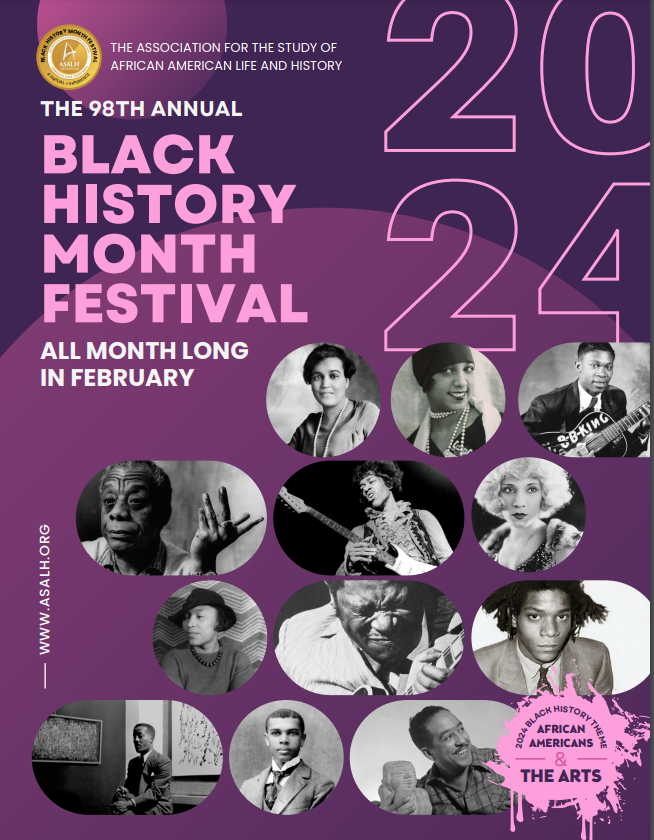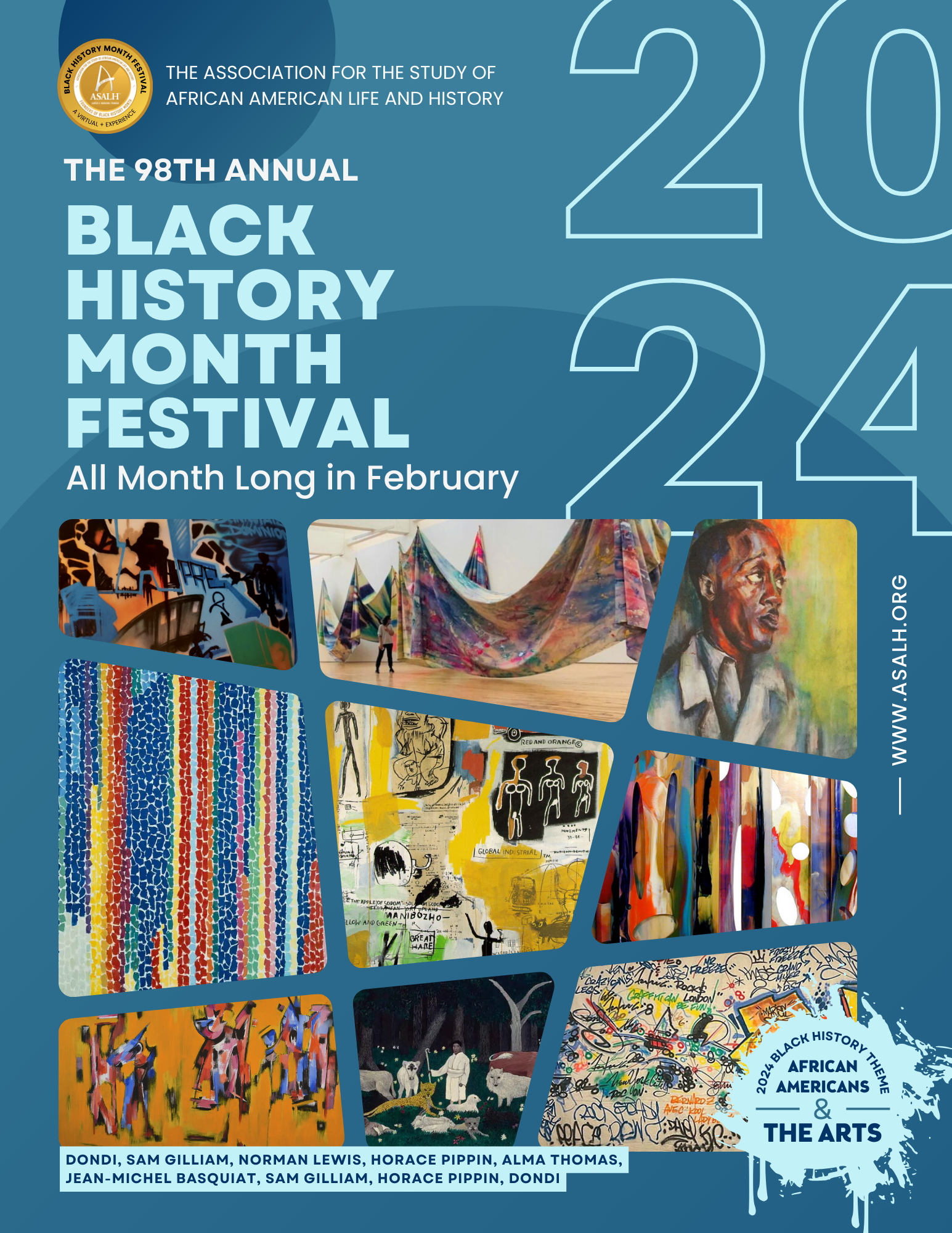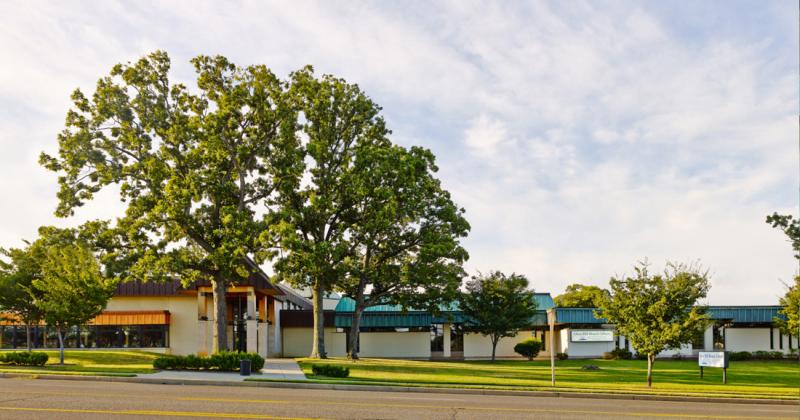REVIVAL: Music of the Third Arts Movement in America
Held in the Truth Room
Saturday, April 13
1:00pm - 3:00pm
Black Music and the Arts are integral to American history. Join a narrated concert that explores this musical history, emphasizing the significant role of Black artists from the Middle Passage to contemporary times. Renowned tenor Wayne Jennings and others will showcase the influential role that Black musicians have had throughout the centuries.
The Coalition for African Americans in the Performing Arts (CAAPA), in partnership with the Association for Study of African American Life and History (ASALH), will be celebrating the Art's national theme, presenting a narrated concert delving into the musical history called REVIVAL: Music of the Third Arts Movement in America.

African American art is infused with African, Caribbean, and Black American lived experiences. The African American influence has been paramount in visual and performing arts, literature, fashion, folklore, language, film, music, architecture, culinary, and other forms of cultural expression. African American artists have used art to preserve history and community memory as well as for empowerment. Artistic and cultural movements, such as the New Negro, Black Arts, Black Renaissance, hip-hop, and Afrofuturism, have been led by people of African descent and set the standard for popular trends around the world. In 2024, we examine African American arts and artisans' varied history and life.
For centuries Western intellectuals denied or minimized the contributions of people of African descent to the arts as well as history, even as their artistry in many genres was mimicked and/or stolen. However, we can still see the unbroken chain of Black art production from antiquity to the present, from Egypt across Africa, from Europe to the New World. Prior to the American Revolution, enslaved Africans of the Lowcountry began their more than 300-year tradition of making sweetgrass baskets, revealing their visual artistry via craft.
The suffering of those in bondage gave birth to the spirituals, the nation’s first contribution to music. Blues musicians such as Robert Johnson, McKinley ‘Muddy Waters’ Morganfield, and Riley “BB” B. King created and nurtured a style of music that became the bedrock for gospel, soul, and other still popular (and evolving) forms of music. Black contributions to literature include works by poets like Phillis Wheatley, essays, autobiographies, and novels by writers such as David Walker and Maria Stewart. Black aesthetics have also been manifested through sculptors like Edmonia Lewis and painters like Henry O. Tanner.
In the 1920s and 30s, the rise of the Black Renaissance and New Negro Movement brought the Black Arts to an international stage. Members of the armed forces, such as James Reese Europe, and artists such as Langston Hughes, Josephine Baker, and Lois Mailou Jones brought Black culture and Black American aesthetics internationally, and Black culture began its ascent to become a dominant cultural movement to the world. In addition to the Harlem Renaissance, today, we recognize that cities like Los Angeles, Chicago, and New Orleans also were home to many Black artists.

The 1960s continued this thread through the cultural evolution known as the Black Arts Movement, where artists covered issues such as pride in one’s heritage and established art galleries and museum exhibitions to show their own work, as well as publications such as Black Art. This period brought us artists such as Alvin Ailey, Judith Jamison, Amiri Baraka, Nikki Giovanni, and Sonia Sanchez. The movement would not have been as impactful without the influences from the broader Black world, especially the Negritude movement and the writings of Frantz Fanon.
In 1973, in the Bronx, New York, Black musicians (i.e., DJ Kool Herc and Coke La Rock) started a new genre of music called hip-hop, which comprises five foundational elements (DJing, MCing, Graffiti, Break Dancing, and Beatboxing). Hip-hop performers also used technological equipment such as turntables, synthesizers, drum machines, and samplers to make their songs. Since then, hip-hop has continued to be a pivotal force in political, social, and cultural spaces and was a medium where issues such as racial violence in the inner city, sexism, economic disinvestment, and others took the forefront.
The term Afrofuturism was used approximately 30 years ago in an effort to define cultural and artistic productions (music, literature, visual arts, etc.) that imagine a future for Black people without oppressive systems and examine how Black history and knowledge intersect with technology and science. Afrofuturist elements can be found in the music of Sun Ra, Rashan Roland Kirk, Janelle Monáe and Jimi Hendrix. Other examples include sci-fi writer Octavia Butler’s novels, Marvel film Black Panther, and artists such as British-Liberian painter Lina Iris Viktor, Kenyan-born sculptor Wangechi Mutu, and Caribbean writers and artists such as Nalo Hopkinson and Grace Jones.
In celebrating the entire history of African Americans and the arts, the Association for the Study of African American Life and History (ASALH) puts into the national spotlight the richness of the past and present with an eye towards what the rest of the twenty-first century will bring. ASALH dedicates its 98th Annual Black History Theme to African Americans and the arts.
AGE GROUP: | Teen (13-18 yrs) | Elementary (5-12 yrs) | Adults |
EVENT TYPE: | Women's History | Speaker or Panel | Performing Arts | Discussions | Black Heritage |
TAGS: | Black Heritage |
Oxon Hill
Dial 7-1-1 to place a call through Maryland Relay
Oxon Hill is home of the Sojourner Truth Room and the Speak Your Truth! Oral History Project.





